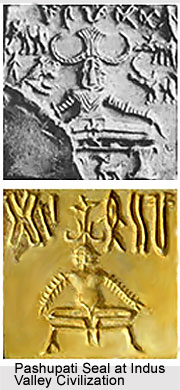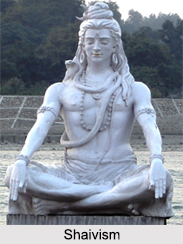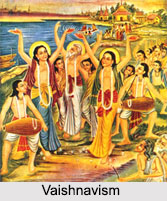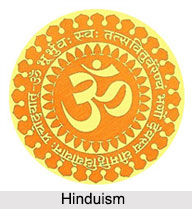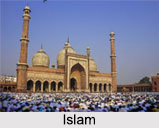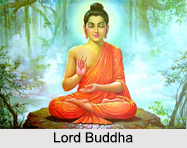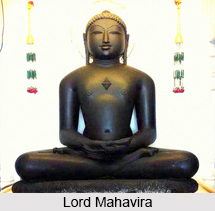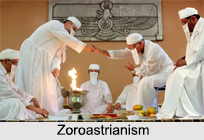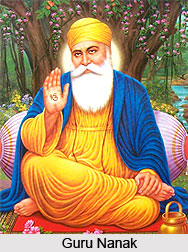Awasthi is a surname or a family name of a particular sub-caste of Brahmins in the Indian continent. The sub-caste of Awasthi belongs to the Brahmin categories of North-Indian Brahmins known as kanya-kubja. The other castes are known as Gaur, Sannaadhya and Saryupari. The history of the Awasthi Brahmins can be traced back to the region of Kanpur and Unnao and also the adjoining hinterland of Kannauj. Awasthi Brahmins are also found in the district of Kangra in the state of Himachal Pradesh, which forms a part of India and have been staying here for centuries. Some scholars and historians have the opinion that Awasthi Brahmins have migrated from the stated of Uttar Pradesh and for several centuries reflected the ancient and the modern civilization as well. Due to the paucity of information it is not known that since which period the Awasthi Brahmins have been staying in the Awadh region.
According to the studies conducted by Rev. M.A. Sherring, all the chief Brahmin gotras are descended from the `Saptarishis`, which signifies `seven sages` in Sanskrit. He is also renowned for compiling the names of 2000 sub castes of Brahmins in his second volume of his Hindu tribes and castes. The other significance of Saptarishis is constellation of `Great Bear` or `Ursa Major`. According to the Indian mythology the seven sages were brigu, atri, angirh, viswamitra, kashyap, agastya and vashisht. Mythological evidences suggest that the Sage Upamanyus followed the Yajur Veda. The Awasthi Brahmins located in the Pithoragarh district, which forms a part of the Indian state of Uttaranchal, are yajurvedadhyayi. Since times immemorial Awasthi Brahmins have scaled heights of excellence in all sorts of activities requiring mental capability than physical. In the hierarchical level of Brahmanism, Awasthi Brahmins are like Shukla and Vajpayee Brahmins.
The Awasthis used to reside in the ancient land of Awadh and their gotra was Upamnyus. They were also indoctrinated in the school of thought of sage Vashist. The surname Awasthi is likely to be shortened from the derivative of `Awadh-Vashist`. The mother tongue of the caste of Awasthi is Avadhi, which is also regarded as an Indo-Aryan language and is almost similar to the Hindi language. The Avadhi language is also the language in which the far famed epic Sri Ramacharit Manas was composed by the great playwright and poet Tulsi Das. Like most of the Brahmins of North-India do not entertain consanguineous marriages, the Awasthi Brahmins also do not entertain this type of matrimonial alliances, which is in much vogue in some social groups in the other parts of the Indian subcontinent. Most of the Awasthi Brahmins are confined within the region of Awadh but with the progress of time they are moving out and settling in other areas. This sub-caste is sometimes mistakenly thought to belong to the caste of Kayastha, which have some similar surrounding surnames like Asthana and Ambastha.
